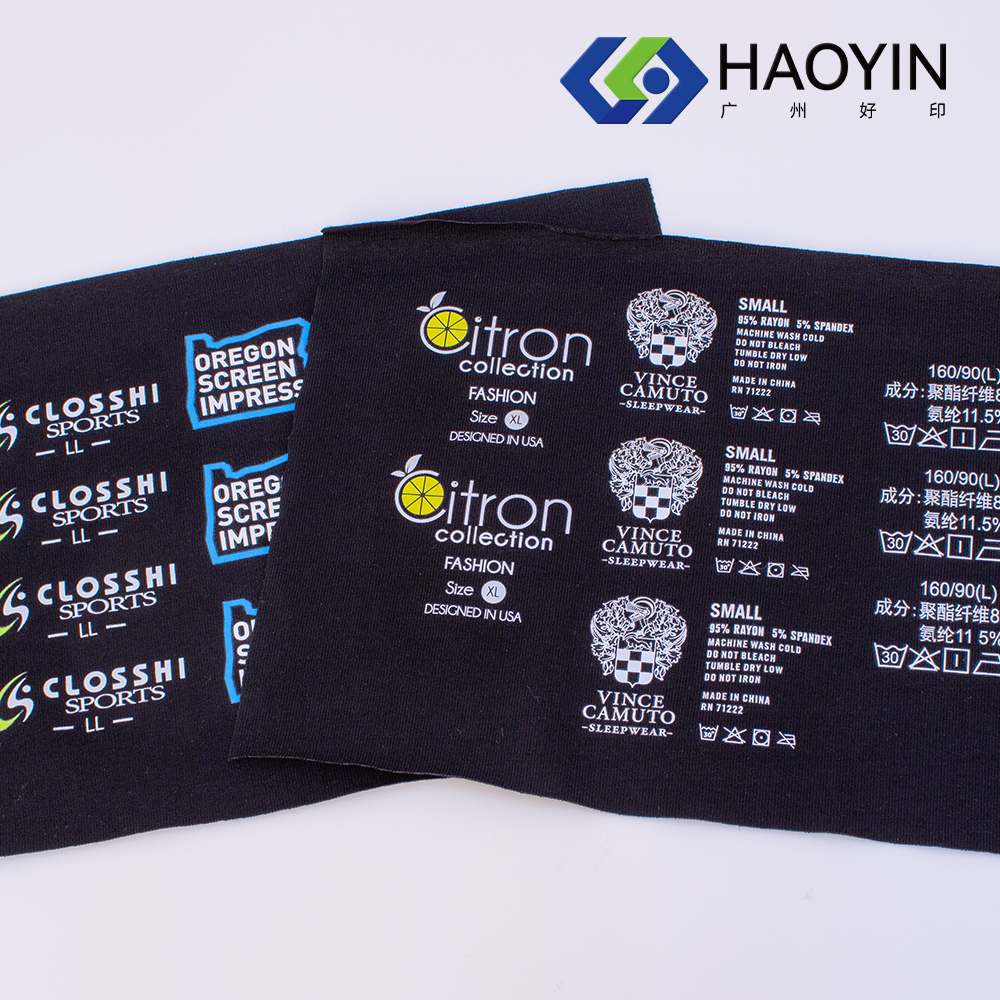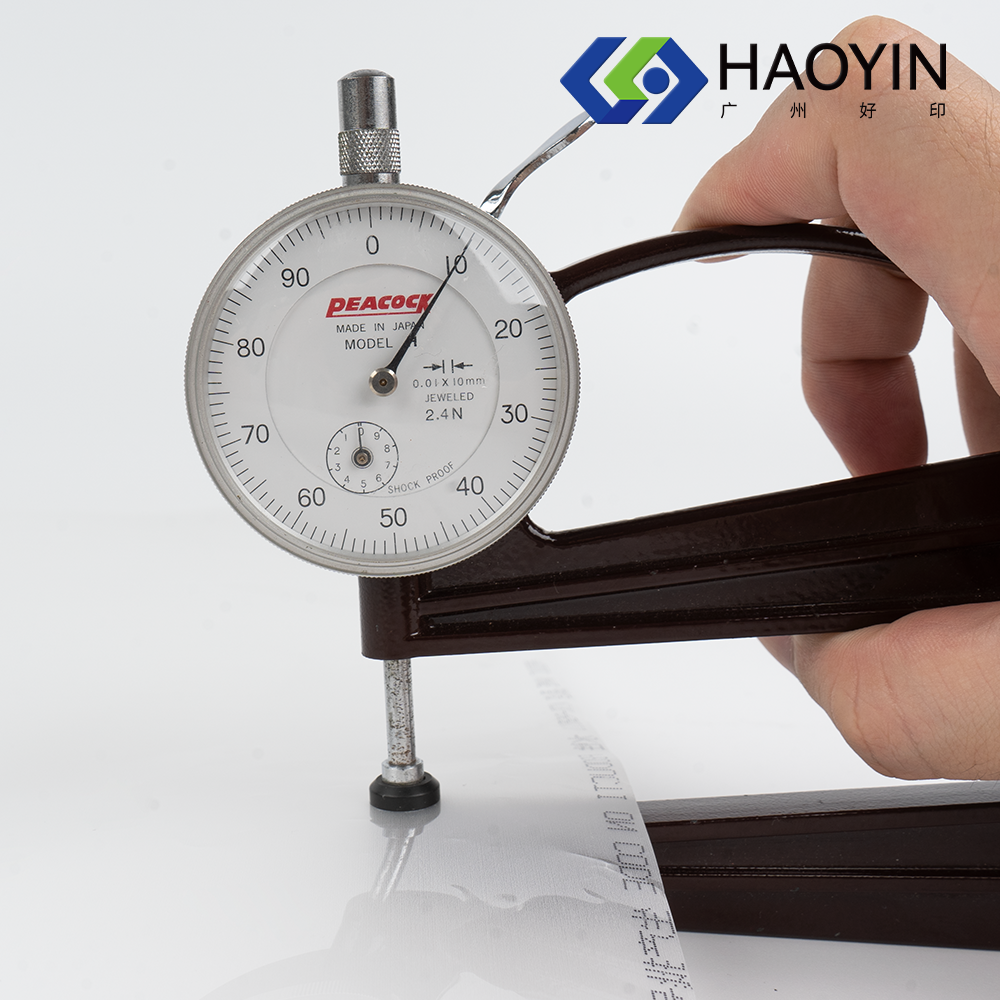screen printing
Screen printing is a versatile and time-tested printing method that involves pushing ink through a mesh stencil onto a substrate. This sophisticated process begins with creating a design on a fine mesh screen, typically made from polyester or nylon, where non-printing areas are blocked out using a light-sensitive emulsion. The ink is then forced through the open areas of the mesh using a squeegee, transferring the design onto the printing surface. Modern screen printing technology has evolved to accommodate various materials, including textiles, paper, glass, metal, and plastics. The process allows for precise ink deposit control, enabling both thin and thick ink layers, making it ideal for applications requiring durability and vivid color reproduction. Advanced automated systems now feature computer-controlled registration, multiple station printing capabilities, and UV curing systems, significantly improving production efficiency and consistency. Screen printing excels in producing high-quality graphics, custom apparel, promotional items, electronic circuit boards, and industrial markings. The technology's adaptability to different ink types, including specialized formulations like conductive inks, expands its applications across numerous industries.


